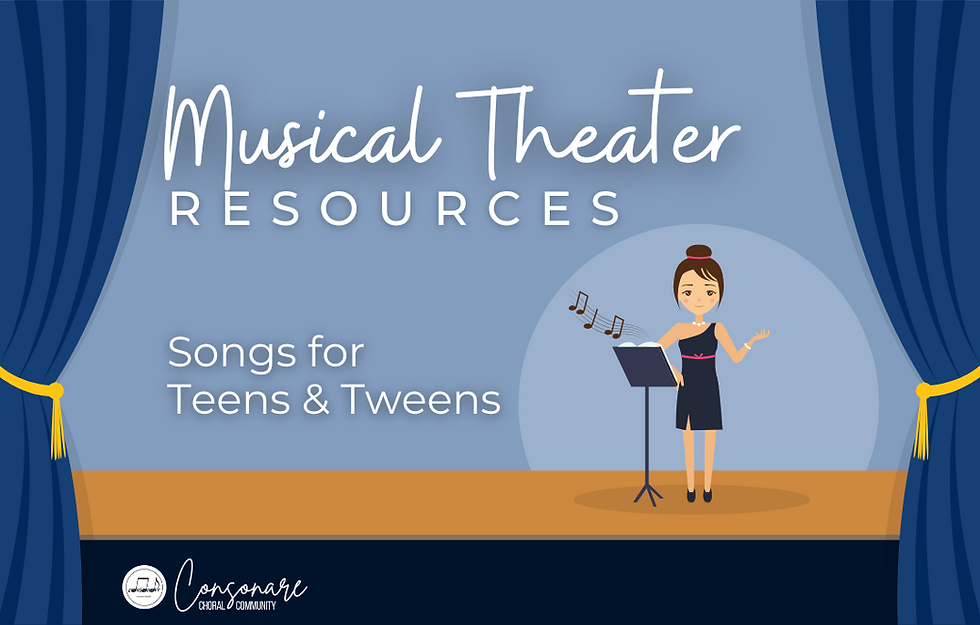Guide to choral music with Celtic origins
- consonaresing

- May 23
- 10 min read
Updated: May 23
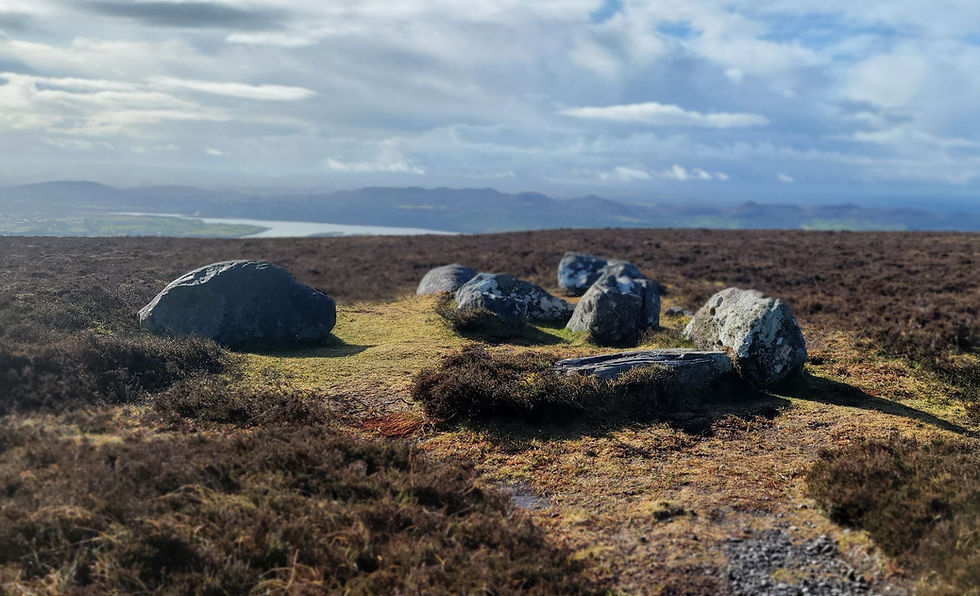
If you see an announcement for a choral concert of Celtic music and wonder what to expect or perhaps you are a choir director who wants your choir to learn and perform some Celtic music, this guide is an initial starting point to your journey. When you search the word “Celtic” on music publishing sites, many of the choral titles that result add the words in the title after Celtic such as “dance”, “carol”, “thanksgiving”, “silent night”, “amazing grace” and the list goes on. These song titles do not accurately reflect the specific cultures that fall under the “Celtic" term. Thus, what does singing a “Celtic Lullaby” actually mean?
When it comes to music, the term "Celtic" is employed often to encompass songs with lilting melodies or an air of fantasy and lore. But “Celtic" is a specific (albeit board) term to describe a cultural area where Celtic languages and traits have survived. The label has also become a sense of identity for the six recognized Celtic nations, each with its own, distinct Celtic language. The recognized nations are Brittany, Cornwall, Ireland, Isle of Man, Scotland, and Wales. The six living languages associated with these nations are descended from two separate languages. Irish, Scottish Gaelic, and Manx are Goidelic languages whereas Breton, Cornish, and Welsh are Common Brythonic languages. Some claim there are two to seven more Celtic regions—Galatia and Asturias in northern Spain and Devon and Cumbria in the UK are some that are often included. For the sake of this exploration, we will focus only on the six regions and their respective languages, including the role of the Celtic diaspora. Attempts are being undertaken in recent years to revive and conserve these separate Celtic languages and culture. As consumers and leaders of choral music, we have an opportunity to celebrate their distinctive cultures through the music we explore and perform.
Step 1: Learn the geographical locations of the Celtic Nations
The term used here is “nations” because many of these regions are governed by different entities. Celtic label derives from the Celts, who were a collection of Indo-European tribes who inhabited much of Europe during the Iron Age, that shared a common language and cultural similarities. [Source]
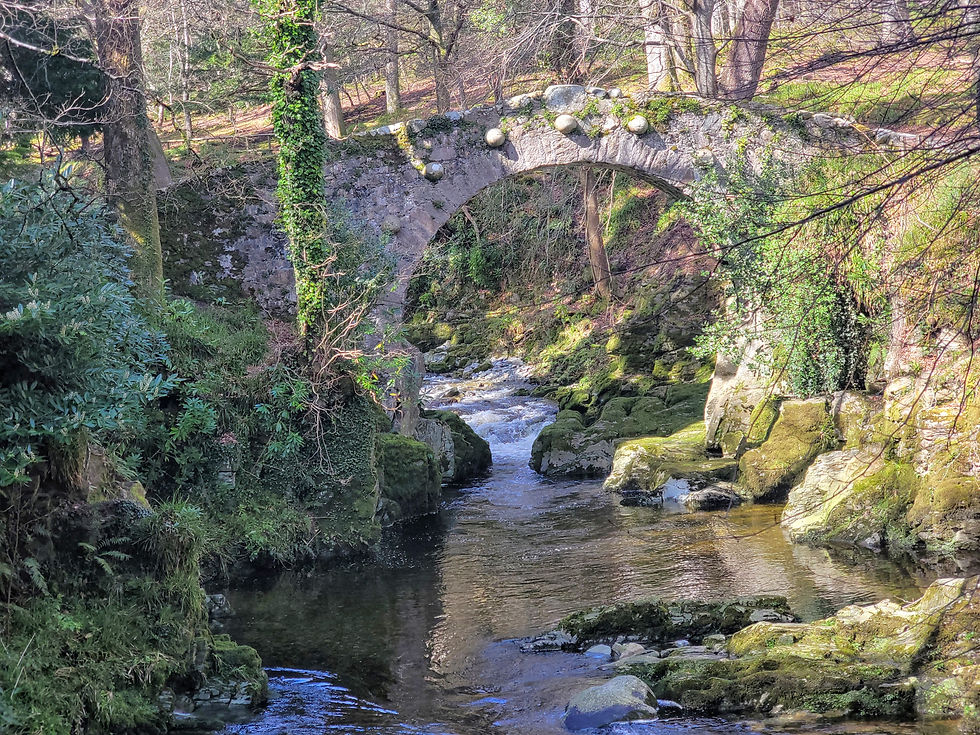
Ireland
Ireland (“Éire” in Irish) is the second largest island of the British Isles and consists of the sovereign state called the Republic of Ireland and Northern Ireland, which is part of the United Kingdom. The earliest evidence of human activity in Ireland is dated over 30,000 years ago, but how the island became Celtic has often debated, but the Celts may have first arrived around 500 B.C. However, the famous tri-spiral symbol, often referred to as a Celtic design, may have been carved at Newgrange (a neolithic site in Ireland) at least 2,500 years before the Celts reached Ireland. [Source]
Scotland
Scotland (“Alba” in Scottish Gaelic) is located on the northern part of the island of Great Britain, occupying a third of the island, and is considered country in the United Kingdom. The name comes from “Scotia”, which refers to the Celtic people who settled there during the Iron Age. The Celtic tribes in Caledonia (the ancient Roman name for Scotland) resisted Roman invasion that lead to the Romans building massive walls, such as Hadrian’s wall, to keep the fierce tribes of Caledonia out of Roman Britain. But Scotland’s Celtic label comes from the linguistics in the 16th century where it was called “Celtice”, which Classical texts referred to as “pre-Roman”. [Source 1, 2]
Isle of Man
The Isle of Man (“Manainn” in Manx) is a small island in the Irish Sea between Ireland and Great Britain and is a self-governing British Crown Dependency. The Manx culture is influenced by Celtic heritage with Norse and Anglican roots. There are many stories of mythical creatures, folklore, and fairy culture.
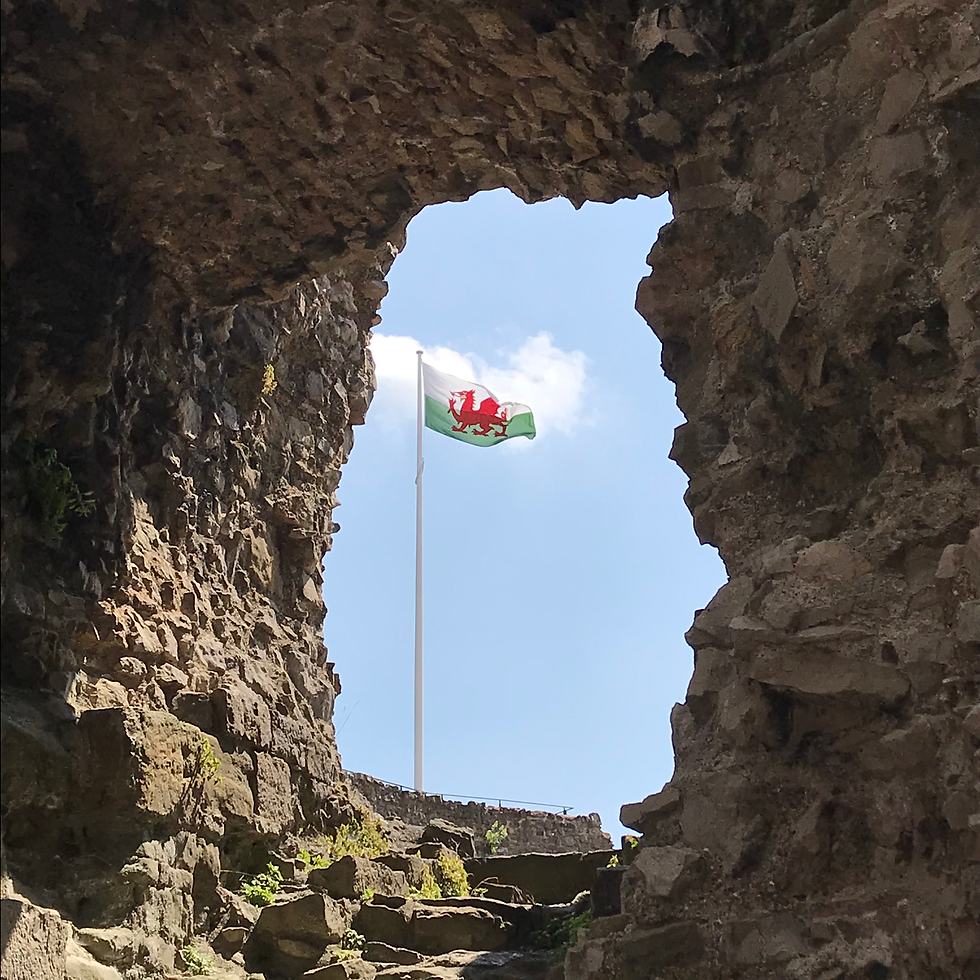
Wales
Wales (“Cymru” in Welsh) is a country in the United Kingdom and located on the west portion of the island of Great Britain which has a culture is deeply rooted in Celtic heritage. Wales has been a challenging place to conquer due to the many mountains where Welsh warriors would attack and hide in the mountains. The dragon is a prominent symbol of Wales which is also found in Celtic mythology. [Source]
Cornwall
Cornwall (“Kernow” in Cornish) is a ceremonial county in the southwest outcropping of the island of Great Britain and part of the United Kingdom, where it is the southernmost county. The Cornish peoples were formally recognized as a minority in the UK in 2014, granting the same status as the Welsh, Scots, and Irish. The Industrial Revolution had a huge impact on Cornwall, with the mining of copper, tin, slate, and granite. [Source]
Brittany
Brittany (“Breizh” in Breton) is the furthest northwestern extremity of France and is considered the largest stronghold of Celtic heritage on the continent of Europe. Most inhabitants will consider themselves as Bretons before French, often expressing their distinct identity through powerful symbols. [Source]
Step 2: Understand the differences between the languages
Irish — Gaeilge
Irish is one of the oldest written and historical languages and one of the two official languages of Ireland. It is also know as Gaelige, but is not Gaelic even though they are both a Goidelic Celtic language. The status of Irish as a major language was lost when English became necessary for administrative and legal affairs during medieval and Renaissance times. The Irish language was at the point of extinction after the Great Famine (1846-1848). A mass movement was gained in support of the Irish language and it became an official language in Ireland in 1937 and within the EU in 2022. [Source]
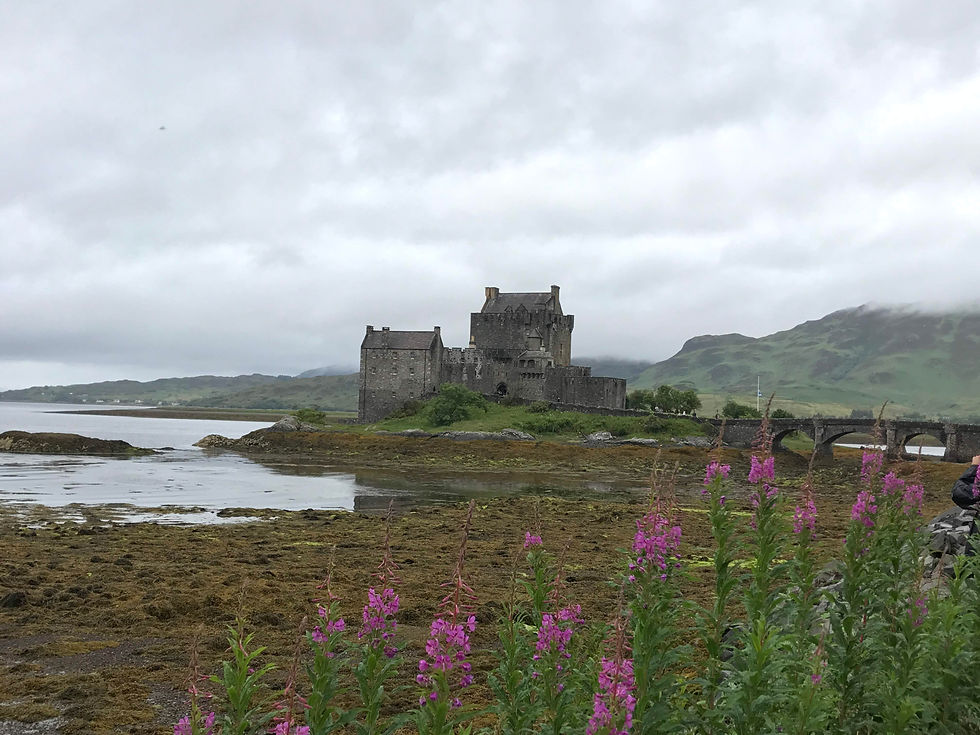
Scottish Gaelic — Gàidhlig
Scottish Gaelic is also referred to as “Scots Gaelic” and it is often heard spoken in the Highlands and islands of Scotland. It can also be heard in the Nova Scotia region in Canada, New Zealand, Australia, and other regions of North America (see “Celtic Diaspora” below). Gaelic was gradually replaced in Scotland by Scots and English. The Scots language however is not Celtic, but considered a West Germanic language and closely related to English. Despite years of decline, the Gaelic language remains a strong part of the culture due to folklore, literature, and music. [Source]
Manx Gaelic — Gaelg
It is closely related to Irish and Scottish Gaelic. The Manx dialect has essentially disappeared with the last native speaker’s death in 1974 and is seldom spoken in its original form today. There has been a resurgence in interest in speaking the language with instruction available for youth and adults. [Source 1, 2]
Welsh — Cymraeg
The first words in Welsh were recorded in 700 AD, but the language has struggled to survive due to other cultures dominating their land and banning the Welsh language. Thanks to legislation in 1967, Welsh was required to have equal status to English in the courts, both written and spoken. In 2011, over 500,000 people claimed Welsh as their first language and is now an official language with English. [Source]
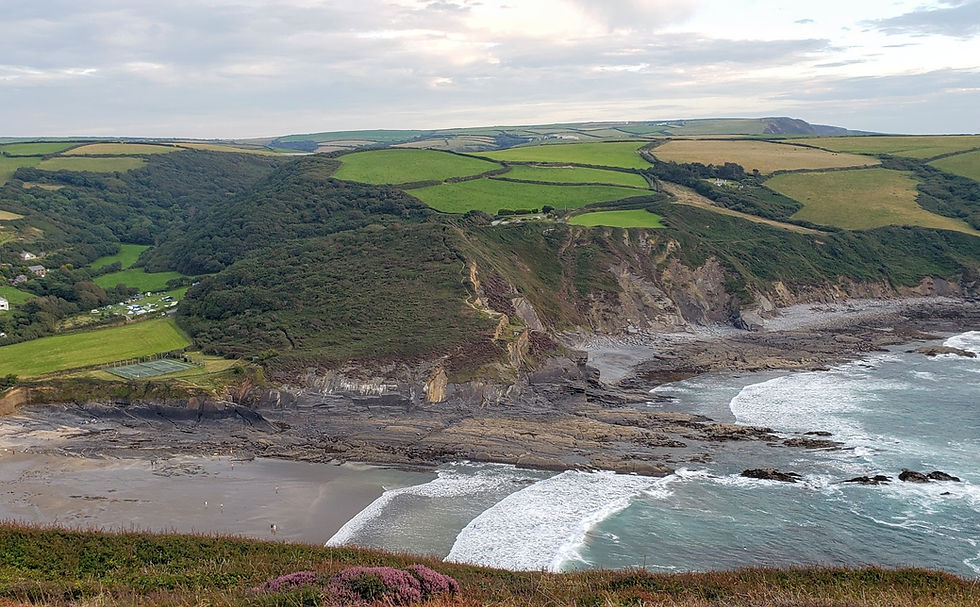
Cornish — Kernowek
Cornish is an endangered language due to suppression as English became the dominant language. Cornwall was more vulnerable than Wales to the erasure of their language due to the region’s smaller size and accessibility to England, whereas Wales had more natural barriers. The Cornish are working to revive the use of the language, providing language teaching programs to primary schools. [Source]
Breton — Brezhoneg
Breton is spoken in the Brittany region of France and is also an endangered language due to extreme language suppression by the French government. In fact, children were not allowed to name their children with Breton names until 1993. [Source]
Step 3: Start to explore choral traditions from Celtic Nations
Ireland
The evidence of the choral tradition in Ireland dates back over a millennium, from the early monasteries. The Chamber Choir of Ireland has a lecture series you can watch on YouTube on Choral Music in Ireland: History and Evolution (11 videos in total)—a wealth of information.

Scotland
Choral music is Scotland dates back to Celtic chant in the early Middle Ages and ancient Gaelic psalm singing. While Wikipedia may not be the best resource, it does offer a significant amount of sources on the vast history of church music in Scotland to get you started.
Isle of Man
Similar to Ireland and Scotland, the Isle of Man had a rich choral tradition within the Celtic church. You can read more about the Manx music traditions here and there is a website that has Manx choral music resources. They even host the Isle of Man Festival of Choirs in October.
Wales
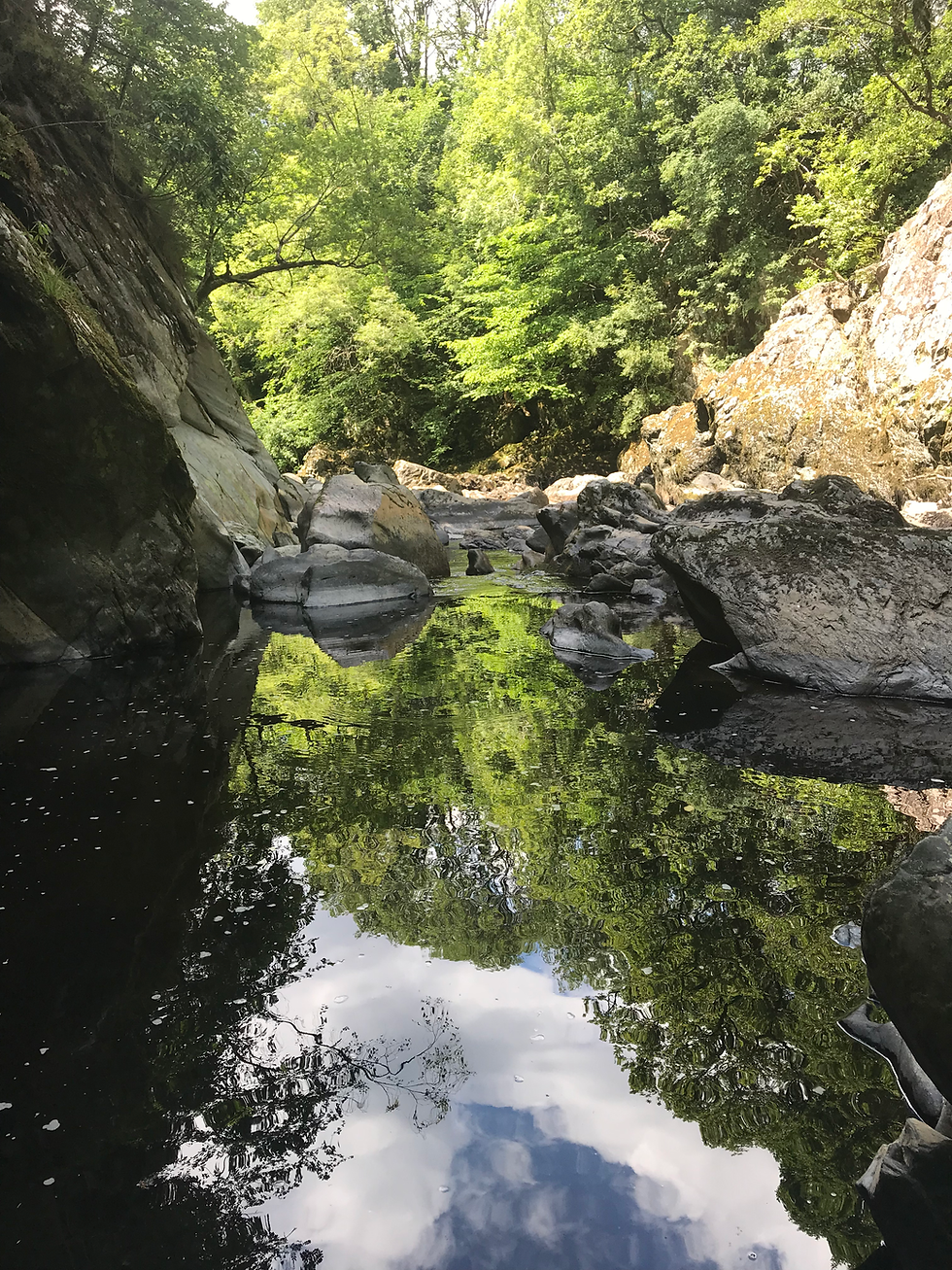
With a reputation as the “Land of Song”, the choral tradition is one of Wales’ leading forms of musical traditions with many male voiced choirs. Hymn singing and performances of religious compositions increased the incidence of choral singing, as well as prominent tenor-bass choirs. Choirs now participate in competitions, events, concerts and even rugby matches and festivals. More information on Welsh choral traditions here.
Cornwall
There is a tradition of male voice choirs in Cornwall, similar to Wales, with the Cornwall International Male Voice Choir Festival.
Brittany
Inspired by Welsh choirs, choral ensembles are relatively new to Brittany. Here is a resource that lists some Breton choral music, including Cantiques, which are a popular sacred song in the Breton language.
Step 4: Explore where to find choral music from Celtic cultures
Ireland
An Irish music publisher that promotes Irish choral music around the world. Cailíno’s catalogue features many of Ireland’s finest composers and arrangers and includes a broad range of genres and styles suitable for school, community, church and professional groups.
Online music store based in Dublin and has a section dedicated to Irish choir.
Prominent Irish composer that has created three choral ensembles in Ireland, ANÚNA, M’ANAM, and Systir, that record much of his music. His choral scores are available on this website and you can explore each of the choral groups by clicking the link of their name.
A choral ensemble that champions music from some of Ireland’s most celebrated composers.
Ireland's national chamber choir.
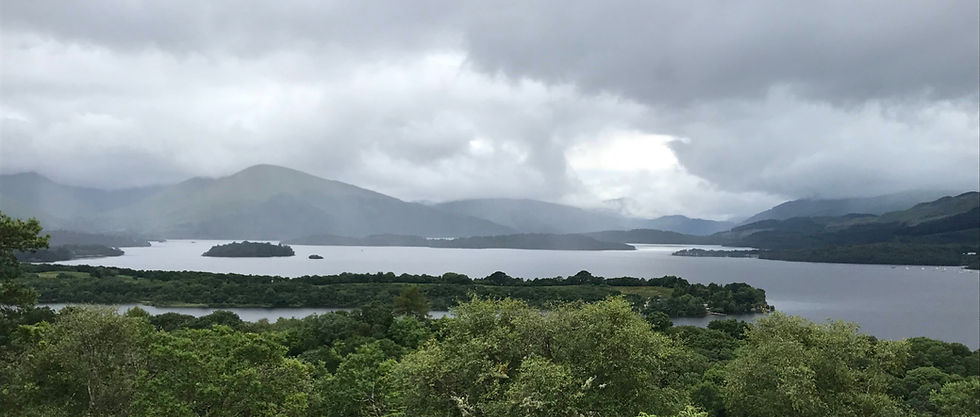
Scotland
Independent music publishing partnership based in Scotland.
Wales
Publisher featuring many choral scores by Welsh composers, including numerous songs in the Welsh language and music for tenor-bass choirs, which Wales is known for.
Publisher that has a vast catalog of Welsh choral music
Publisher that aims to promote the music of Welsh composers
A substantial resource for information on Welsh classical music and composers.
Step 4: Explore music of the Celtic diaspora
The Celtic diaspora refers to the spread of Celtic-speaking peoples from their original homeland. Of the Celtic Nations, the Irish diaspora of those impacted by the Great Famine in the 1840’s resulted in significant Irish populations in North America, Great Britain, and Austrailia. This movement had an impact on the Celtic culture in these countries—art, music, traditions—as those who emigrated began assimilate into their new country. Irish-American music has become a genre of music in its own right. Nova Scotia and Newfoundland provinces in Canada both have a very strong Gaelic and Celtic heritage; however, they are not typically considered a Celtic Nation in a political sense, like Scotland or Ireland. The ancient Celtic traditions are still practiced and celebrated in Nova Scotia, which has also been shaped by these influences for centuries. [Source] Therefore, choral music that can be labeled as “Celtic” can originate from outside of one the Celtic Nations.
Step 5: Determine what makes a choral work “Celtic”
Some criteria to consider:
The composer is from the particular Celtic heritage or cultural identity
The song uses a melody known to have Celtic origins
The text of the song has Celtic origins
The song text is in a Celtic language
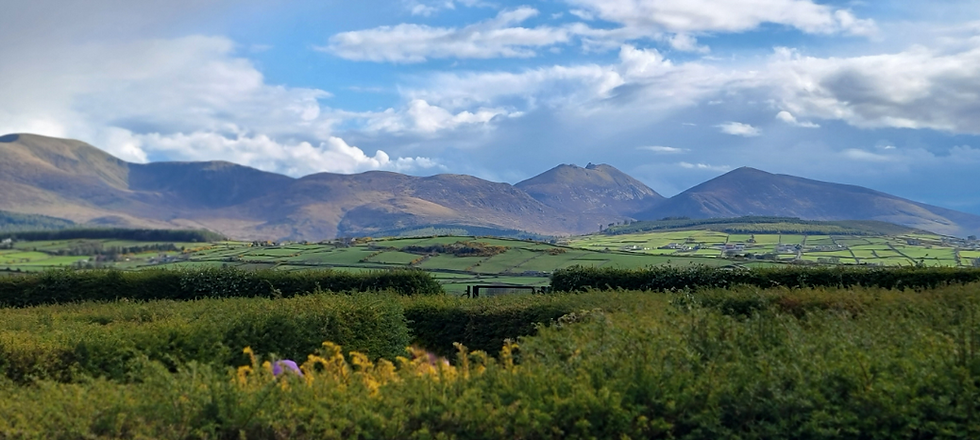
Side Note:
Some choir directors might shy away from exploring more authentic Celtic choral pieces due to lack of familiarity with Celtic languages. The good news is that there are resources available to help choirs learn how to pronounce Celtic languages. Many composers of Celtic music will include a link to a recording of the spoken text or a phonetic transcription. It is most helpful when an International Phonetic Alphabet (IPA) Transcription is included, which takes out the guesswork of all of the sounds, many of which are new to English speakers. There is a website that can convert Irish orthography to IPA. Learning how to pronounce the language is challenging, but worth it.
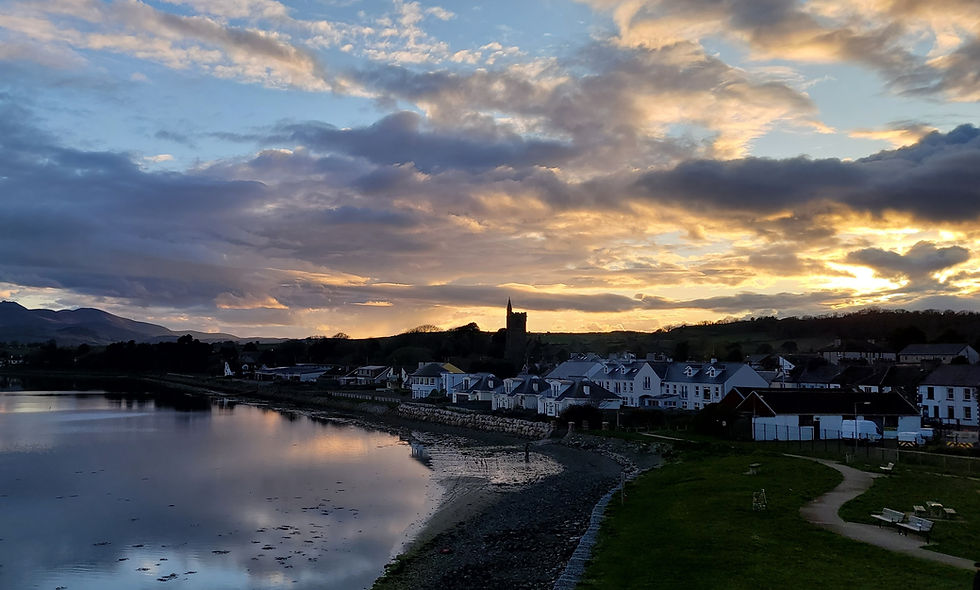
This guide is not comprehensive by any means, but aims to provide some initial guidance and basic guidelines to exploring, researching, and understanding Celtic choral music. I am not an expert in Celtic music, but merely a choral conductor who enjoys researching music and has a tendency to be led by curiosity. As with many cultural music histories, incorporating Celtic music into our programs takes additional research. The term Celtic has a specific definition, however it can cover a very broad range with respect to choral music. Many Welsh tunes are used in church hymns, but it may not have a sound that we have historically perceived as “Celtic”. Also, a song from 14th century Ireland would be sung in Latin. Yet, these songs are from Celtic origins. The opposite may be the case where a song may be titled “Celtic [fill in the blank}” with little or no Celtic connection beside a perceived musical style.
Taking the time to explore the history behind a choral work provides the means to acknowledge, understand, and celebrate the culture where it originated. These steps do not include the history surrounding the work or the landscapes where they were conceived. This guide is your beginning as there is a wealth of information available that you can search now that you know where to start. Many scholars and culture-bearers can provide additional guidance. You need only take the leap.
Our Celtic Journey concert is Saturday, June 7, 2025 at 7pm at von der Mehden Hall on the UCONN campus. Take a journey with us as we explore how music can travel through time and across oceans yet still retain its essence and offer a link to the past. Tickets here.
Written by Sarah Kaufold, Artisitic Director of Consonare Choral Community.







